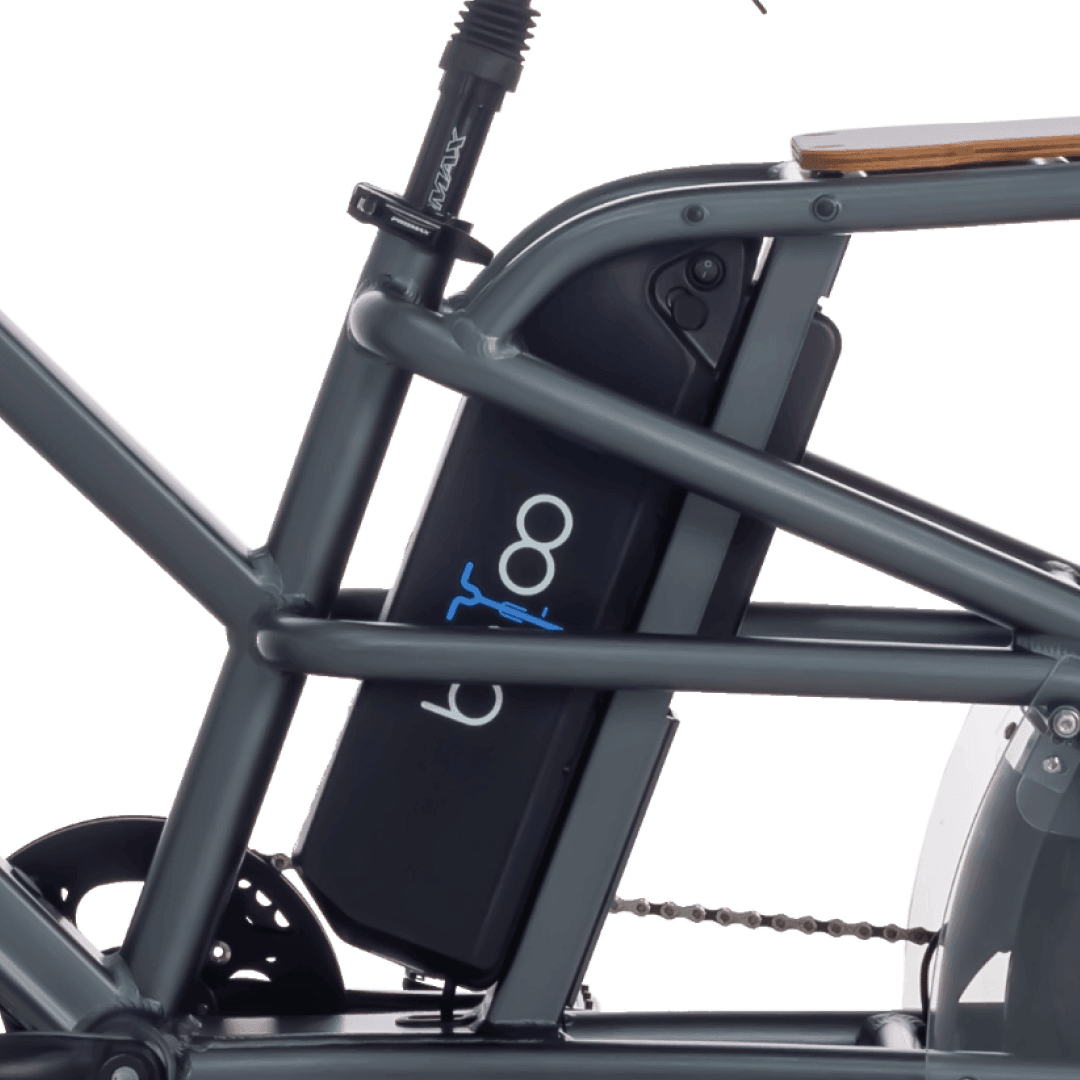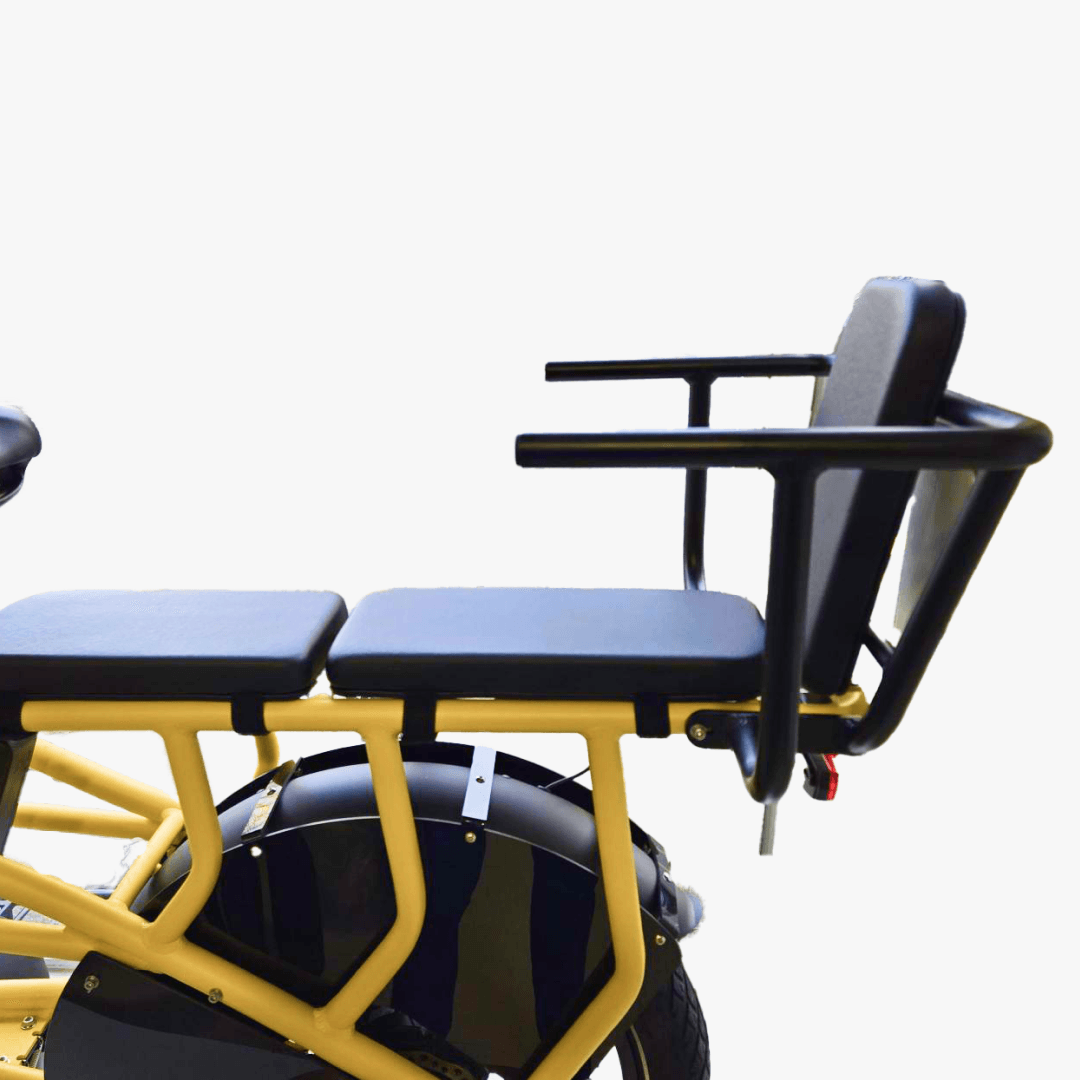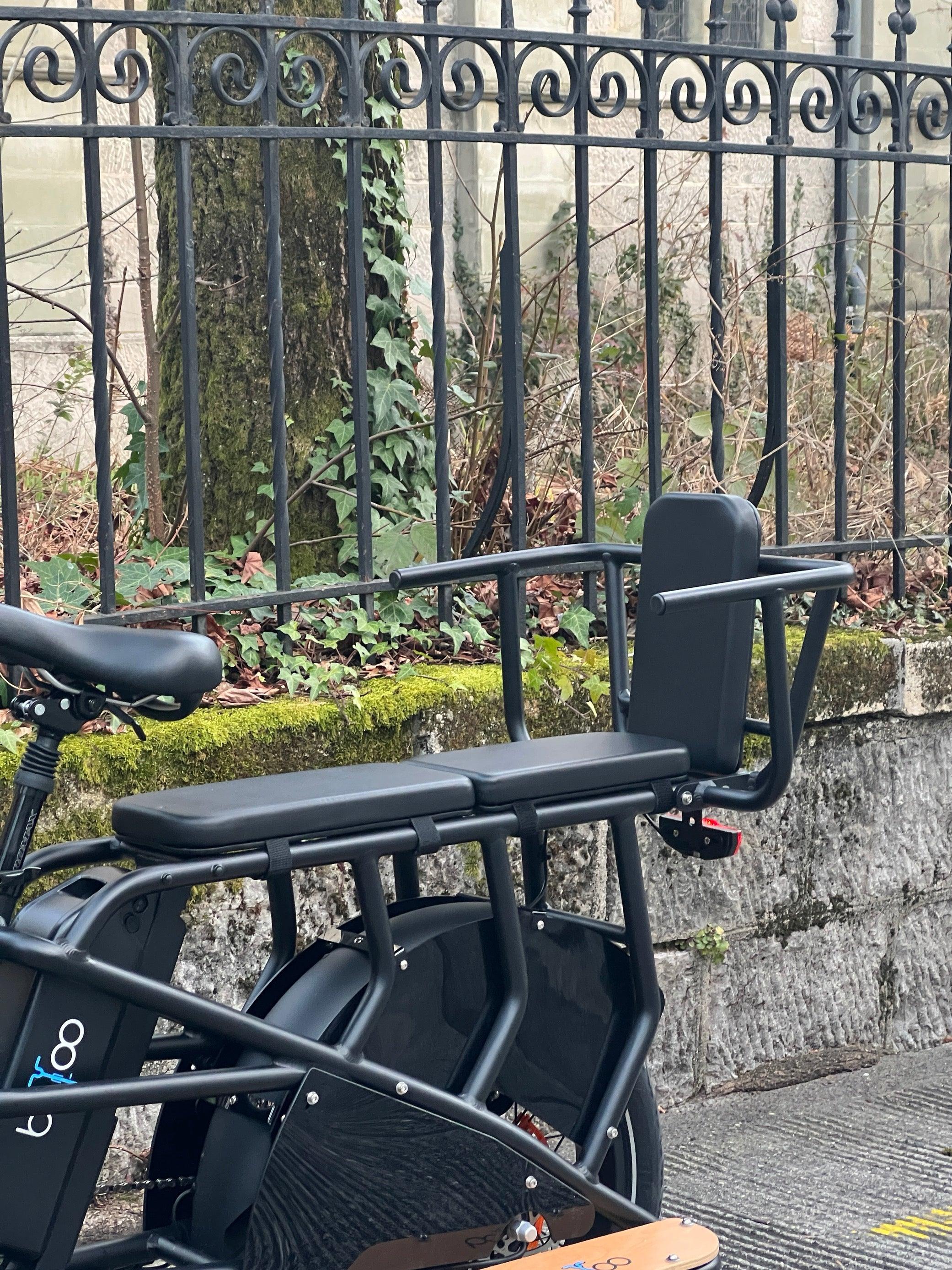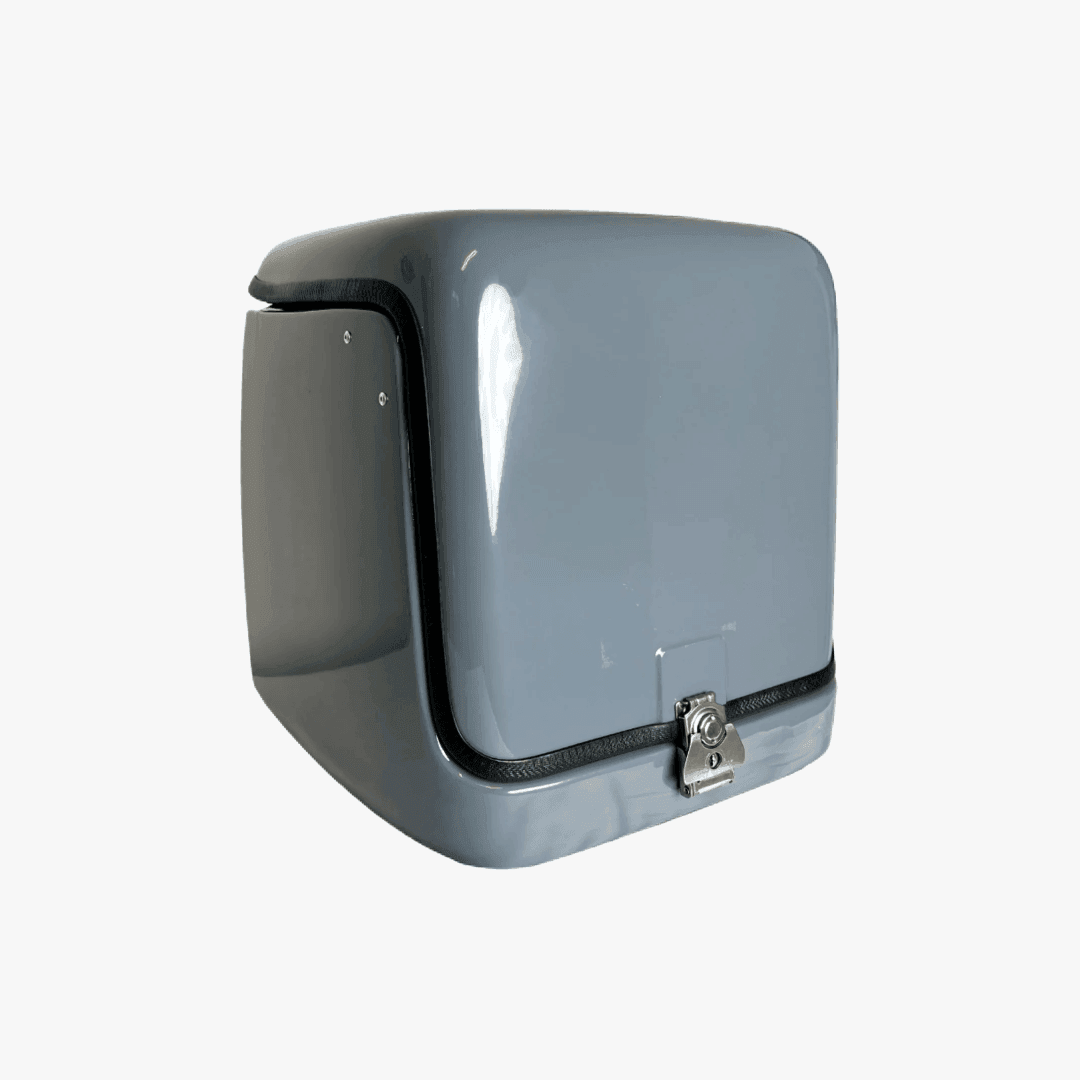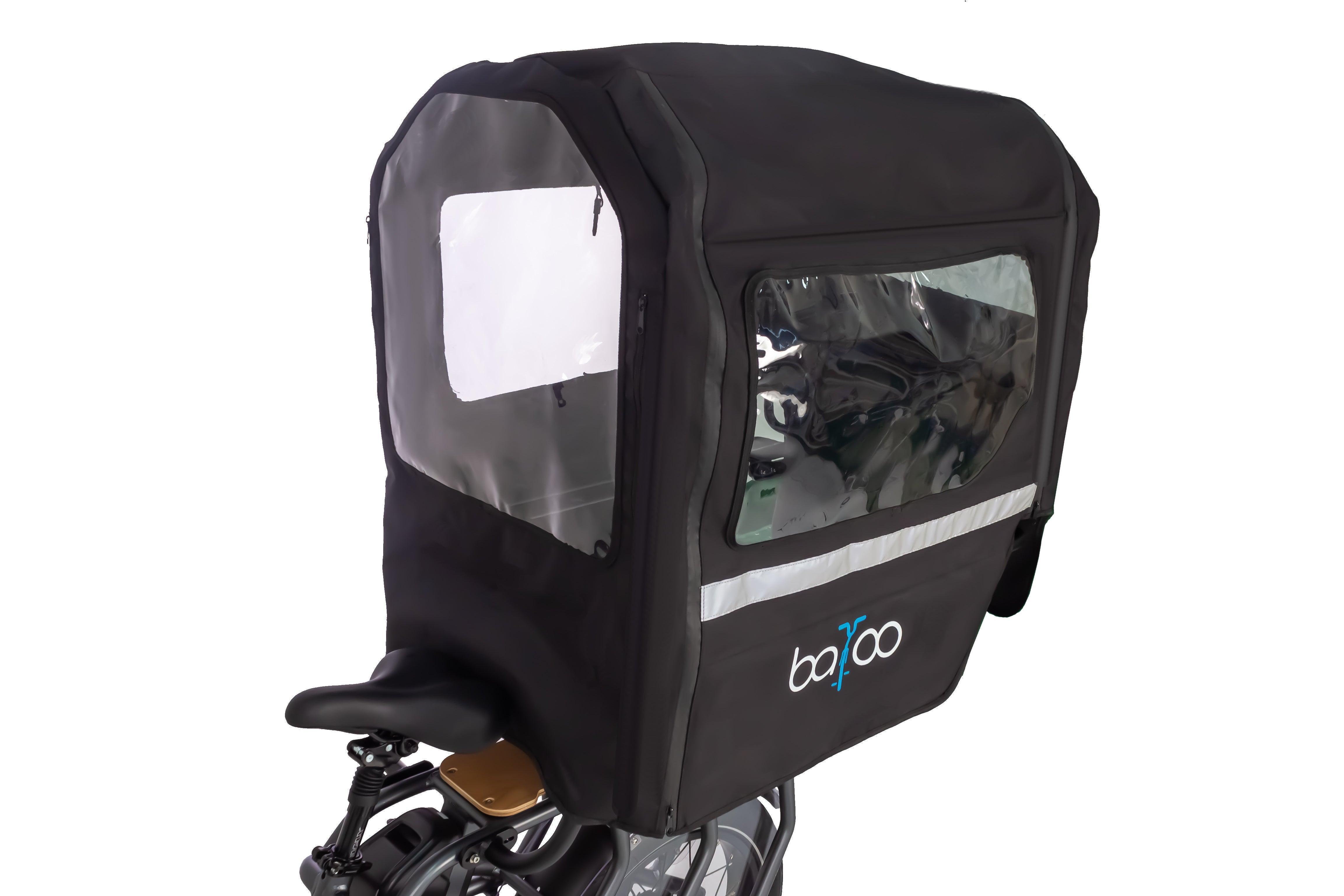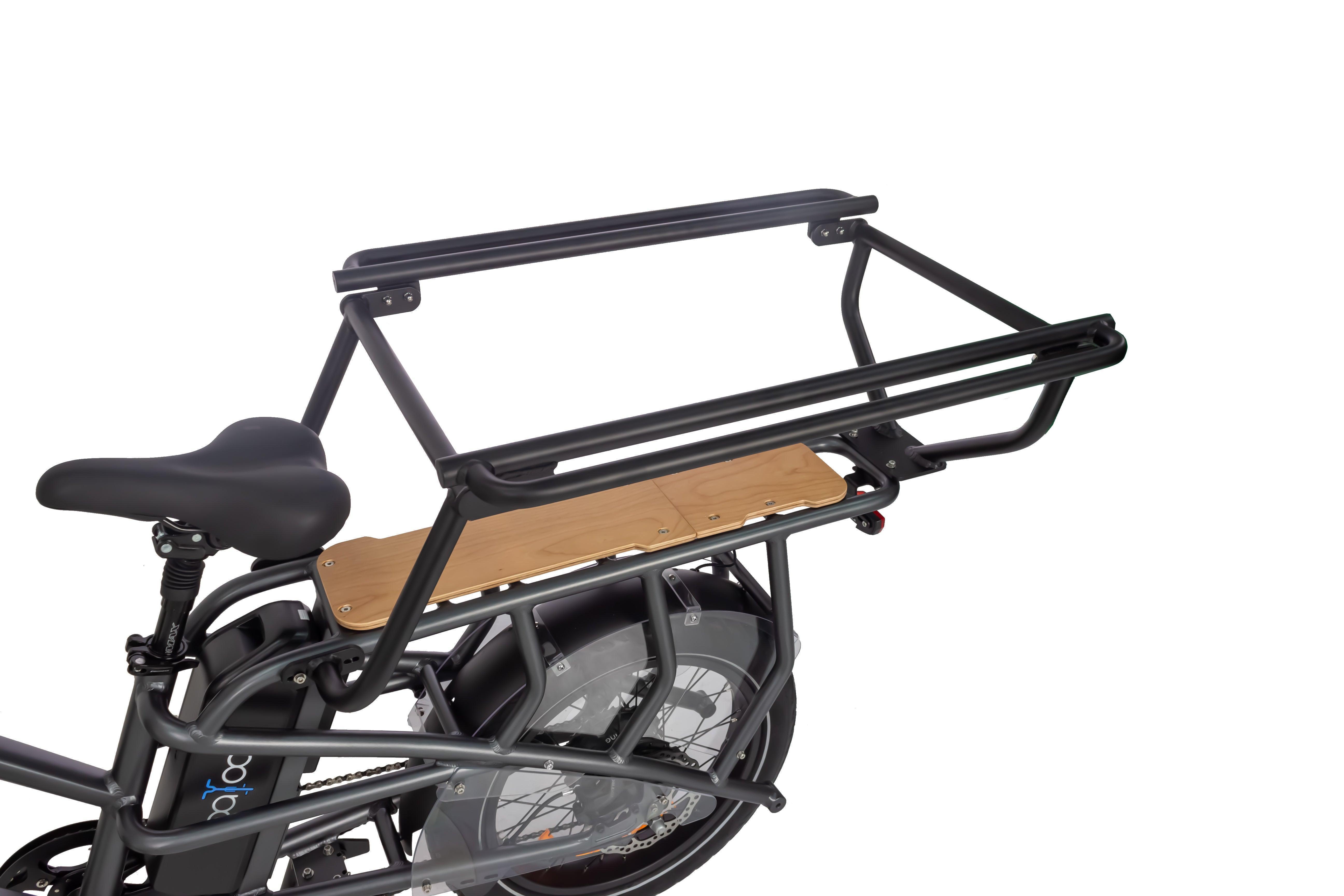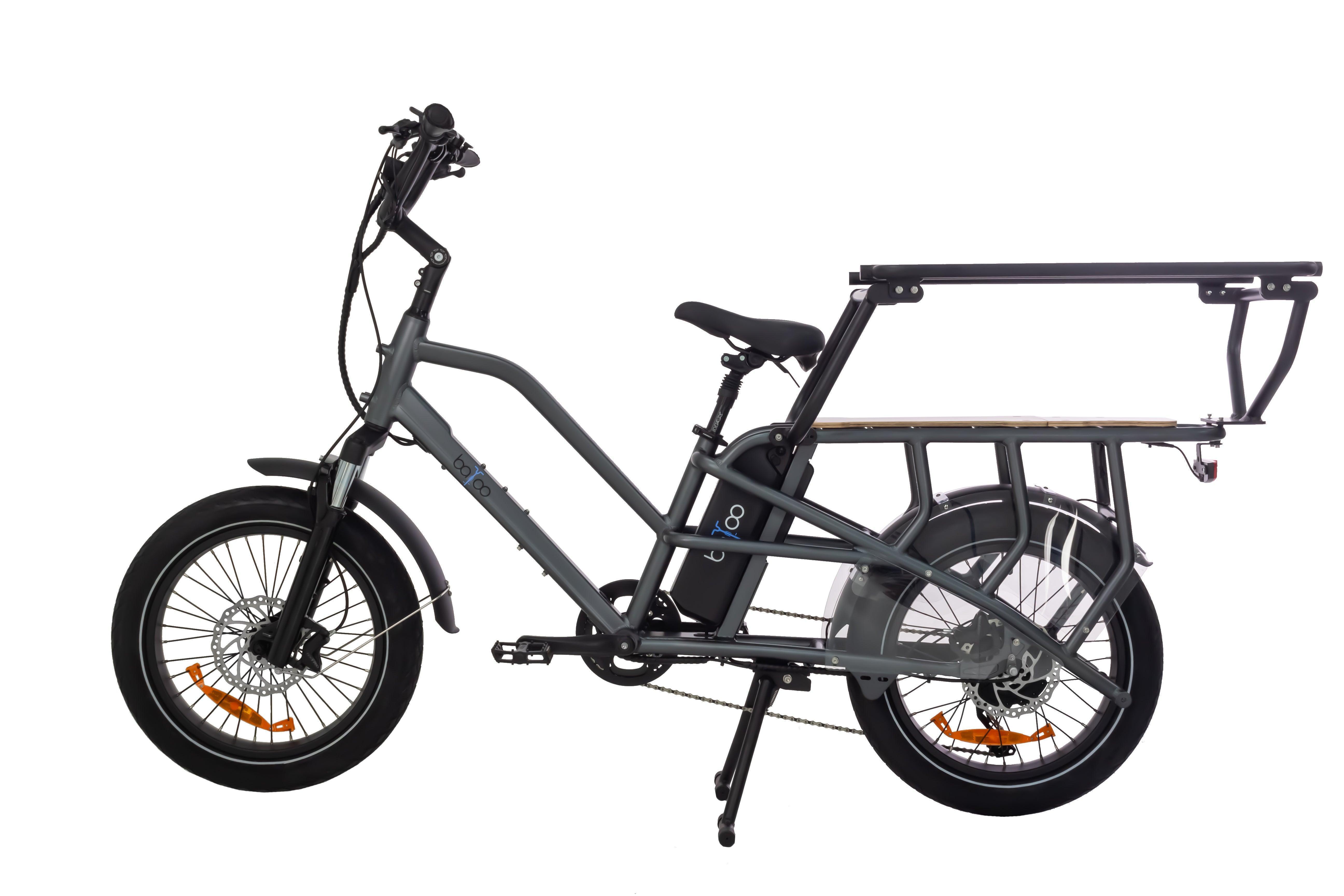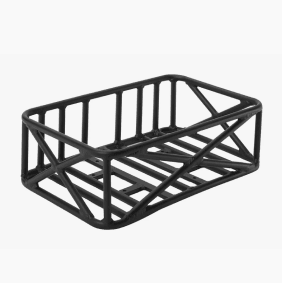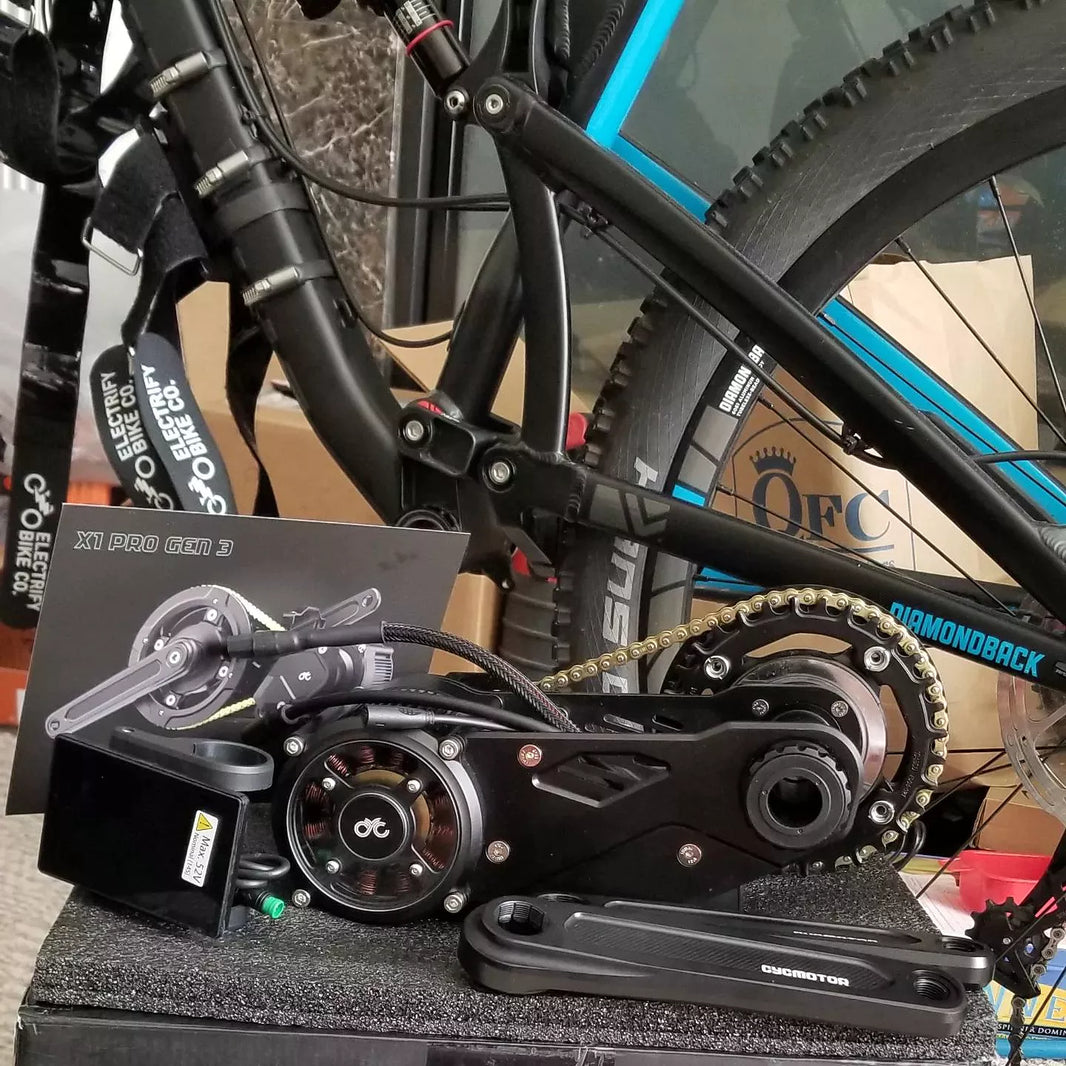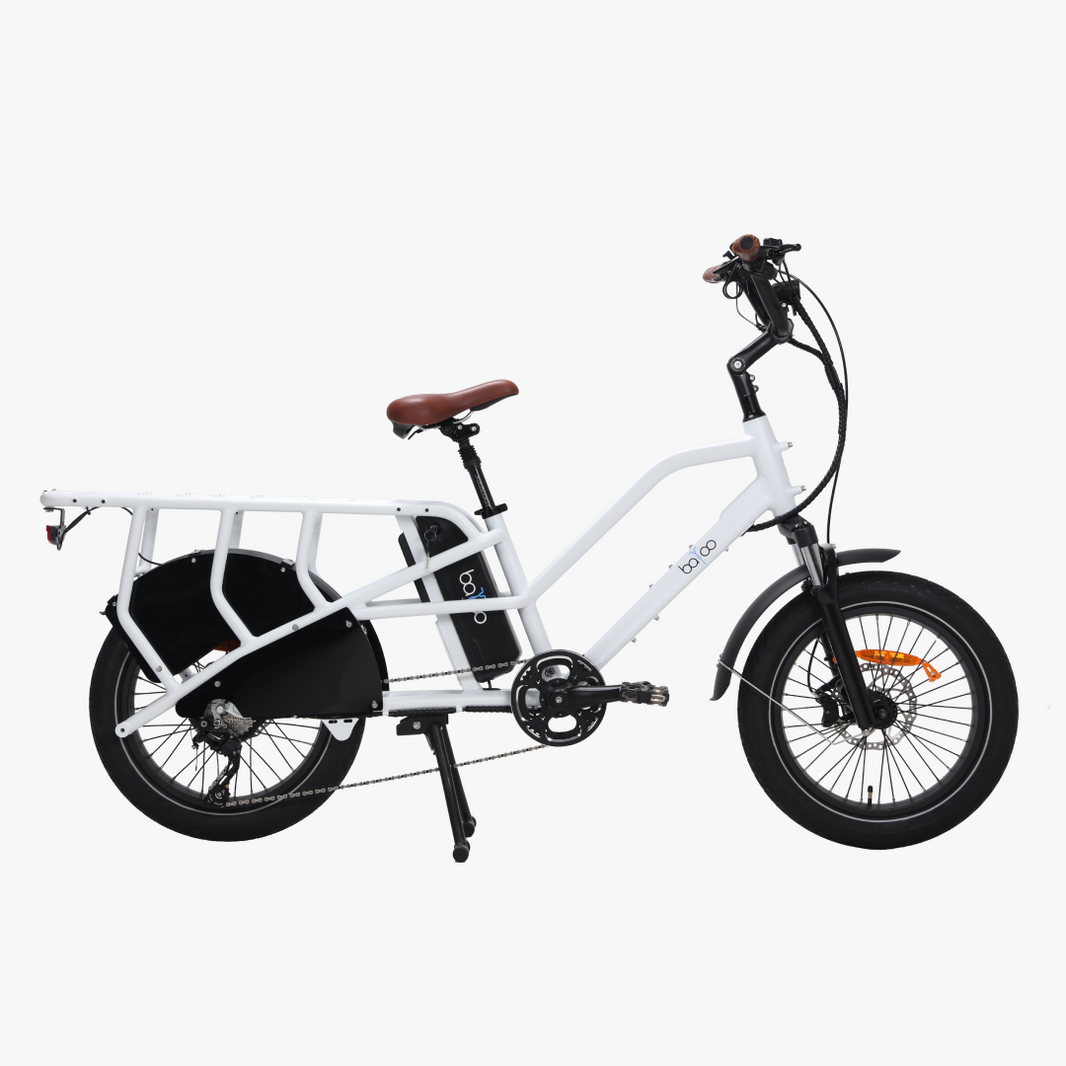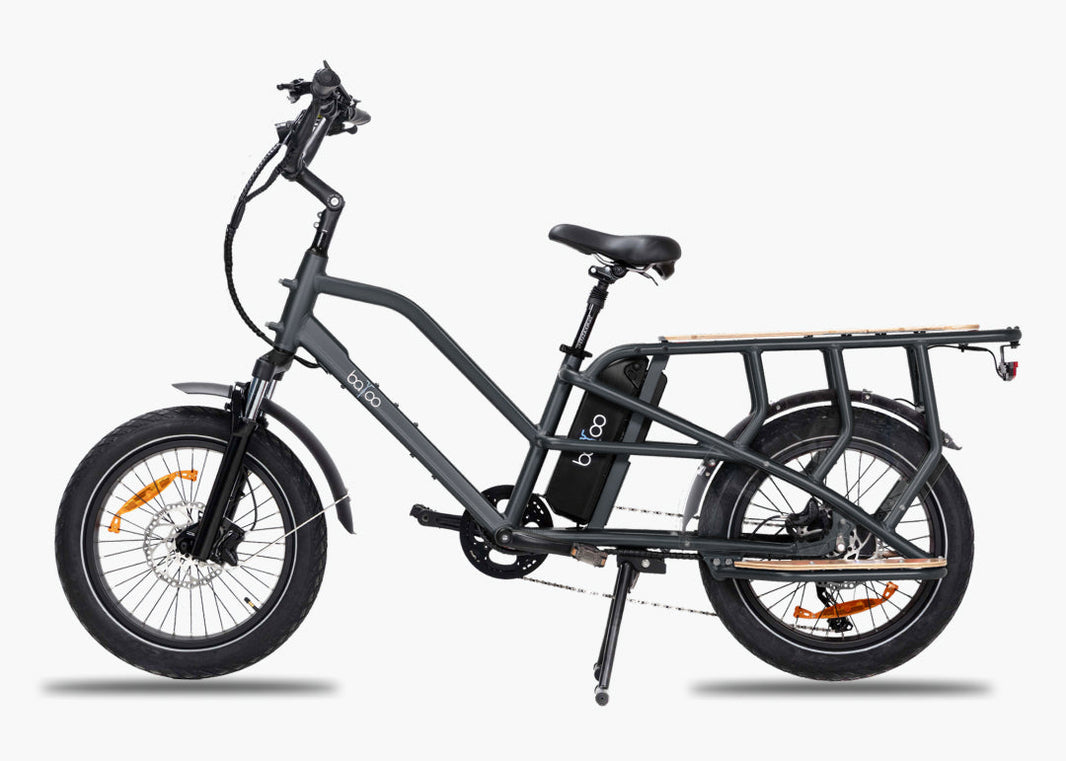Who invented the first electric bicycle ? The question seems simple, but it opens up a rich and complex history. Long before the modern electric bikes we see every day in our cities, visionary engineers had already imagined hybrid machines combining human propulsion and electric power. At the time, the so-called "safety bicycle" (a two-wheeled safety bicycle with a rear chain, invented in the 1880s) was itself only a novelty, but some pioneers were already dreaming of equipping it with a motor and a battery.
The aim of this article is to trace this evolution, from the very first patents filed in the United States at the end of the 19th century, to the development of the pedelec, the true ancestor of modern electric bicycles. We will also see how brands like Yamaha and FLYER marked a decisive turning point in the industrialization of this technology.
Before the electric bicycle: the first electrified cycles (1880s)

The story begins in 1881, when Gustave Trouvé , a French engineer, presented an electric tricycle equipped with a Siemens motor and a rechargeable battery in Paris. Although it was not a two-wheeled bicycle, this demonstration marked a major milestone: it was the first time that a light electric vehicle was publicly circulated.
At the time, batteries were bulky and inefficient, limiting their applications. However, Trouvé's experience inspired subsequent generations of inventors. This tricycle can be considered the first "electrified cycle," laying the foundations for a new kind of mobility, long before the electric car or battery-powered scooters.
The first electric bicycle patents (1895–1899)

A few years later, the first patents filed in the United States truly paved the way for the electric bicycle.
In 1895, Ohio-based Ogden Bolton Jr. obtained a patent for a bicycle equipped with a rear hub motor powered by a battery housed in the frame. His invention is often cited as the very first e-bike patent. The idea was simple and brilliant: integrate the motor into the hub for direct and discreet assistance.
In 1897 , another American, Hosea W. Libbey of Boston, filed a patent for an electric bicycle equipped with two motors housed in the crankset. This is the principle of the central motor, or "mid-drive", which would be rediscovered much later and which today equips the majority of high-end electric bicycles.
In 1898 , Mathew J. Steffens proposed a different solution, with a belt drive driving the rear wheel. Finally, in 1899 , John Schnepf imagined a system with a friction roller applied directly to the tire, an idea that would see multiple variations during the 20th century.
These patents demonstrate the excitement surrounding lightweight motorization at the end of the 19th century. However, the technological limitations of batteries and competition from the emerging automobile would slow their adoption.
1900–1980: Dispersed innovations and limited adoption
During the first half of the 20th century, experiments continued, but without much commercial success. The lead-acid batteries used at the time were heavy, had limited autonomy, and required constant maintenance. Moreover, investors and engineers focused on the automobile, which was seen as more promising.
A few prototypes appeared in the 1930s , and again in the 1960s and 1970s , often based on roller systems or external motors, but none managed to achieve lasting mainstream appeal. The electric bicycle remained a niche object, sometimes seen as a gadget, until the emergence of new battery technologies.
This period remains important, however: it keeps alive the idea that the bicycle could be improved by electricity, while waiting for more viable solutions.
The birth of the pedelec (pedal assistance)

The real revolution came at the end of the 1980s . In 1989 , Swiss engineer Michael Kutter developed the first prototype of a proportionally assisted bicycle, soon to be called a pedelec . Unlike previous motorized bicycles, the aim was not to replace human effort but to complement it: assistance was only activated when the cyclist pedaled.
In 1992 , Velocity/Dolphin launched the first models inspired by this concept. The idea was immediately popular because it reflected a more "cycling" philosophy: the effort is respected, but extended and amplified by electricity. This is the principle that now powers almost all electric bikes sold in Europe.
In 1995 , the Swiss brand FLYER entered the scene with its first mass-produced models. Thanks to their robustness and reliability, these bikes contributed significantly to the popularity of pedelecs in Switzerland and Germany, two pioneering markets.
1993: Yamaha and the first major series of e-bikes

Alongside the Swiss experiments, Japan also played a decisive role. In 1993 , Yamaha launched the PAS (Pedal Assist System) , the first mass-produced proportionally assisted bicycle. This innovation introduced the torque sensor, allowing the motor to deliver power proportional to the cyclist's effort.
The Yamaha PAS is not only a technological feat; it is also a product designed for the mass market. Its success in Japan marks the transition of the electric bicycle from a prototype or isolated experiment to a real commercial product, accessible to the general public.
From the 2000s to today: the modern age of the electric bike
The global boom in electric bikes really began in the 2000s , thanks to the arrival of lithium-ion batteries . Lighter and more autonomous, they finally allowed comfortable daily use.
Advances in electronics also offer major breakthroughs: more precise torque sensors, smart displays, and aesthetic integration of motors and batteries into the frame. Two major motor families coexist today: mid-drive motors, favored for performance and balance, and hub motors, more economical and easier to maintain.
Today, the electric bicycle has become a key player in sustainable mobility, used both in the city and for leisure or long-distance travel.
Quick Timeline
| Year | Key event |
|---|---|
| 1881 | Gustave Trouvé presents an electric tricycle in Paris |
| 1895 | Ogden Bolton Jr. files first e-bike (hub motor) patent |
| 1897 | Hosea W. Libbey invents a bicycle with a dual motor in the bottom bracket |
| 1898 | Mathew J. Steffens proposes a belt drive |
| 1899 | John Schnepf patents a friction roller system |
| 1989–1992 | Michael Kutter develops the pedelec; first Dolphin/Velocity models |
| 1993 | Yamaha launches PAS, the first mass-produced e-bike |
| 1995 | FLYER markets its first models in Switzerland |
FAQ
Who invented the first electric bicycle?
The first recognized patent dates back to 1895 and was awarded to Ogden Bolton Jr. for a bicycle equipped with a rear hub motor. Previous inventions, such as that of Gustave Trouvé (1881), were more concerned with electrified tricycles.
Who invented the first modern pedelec?
The concept of pedelec , where electric assistance is linked to pedaling, is attributed to the Swiss engineer Michael Kutter in 1989. Marketing began in 1992 thanks to the company Velocity/Dolphin .
What was the first mass-produced electric bicycle?
The Yamaha PAS , launched in 1993 in Japan, is considered the first industrial electric bicycle, with mass production and advanced torque sensor technology.
Why were the first electric bikes not successful?
Their main weakness was lead-acid battery technology, which was too heavy and had limited autonomy. Furthermore, the automobile industry was capturing the attention and investment of manufacturers, relegating electric bicycles to the background.
When did modern electric bikes really take off?
The global boom began in the 2000s with lithium-ion batteries, which offered sufficient autonomy and lightness for everyday use. Since then, the market has experienced exponential growth.












